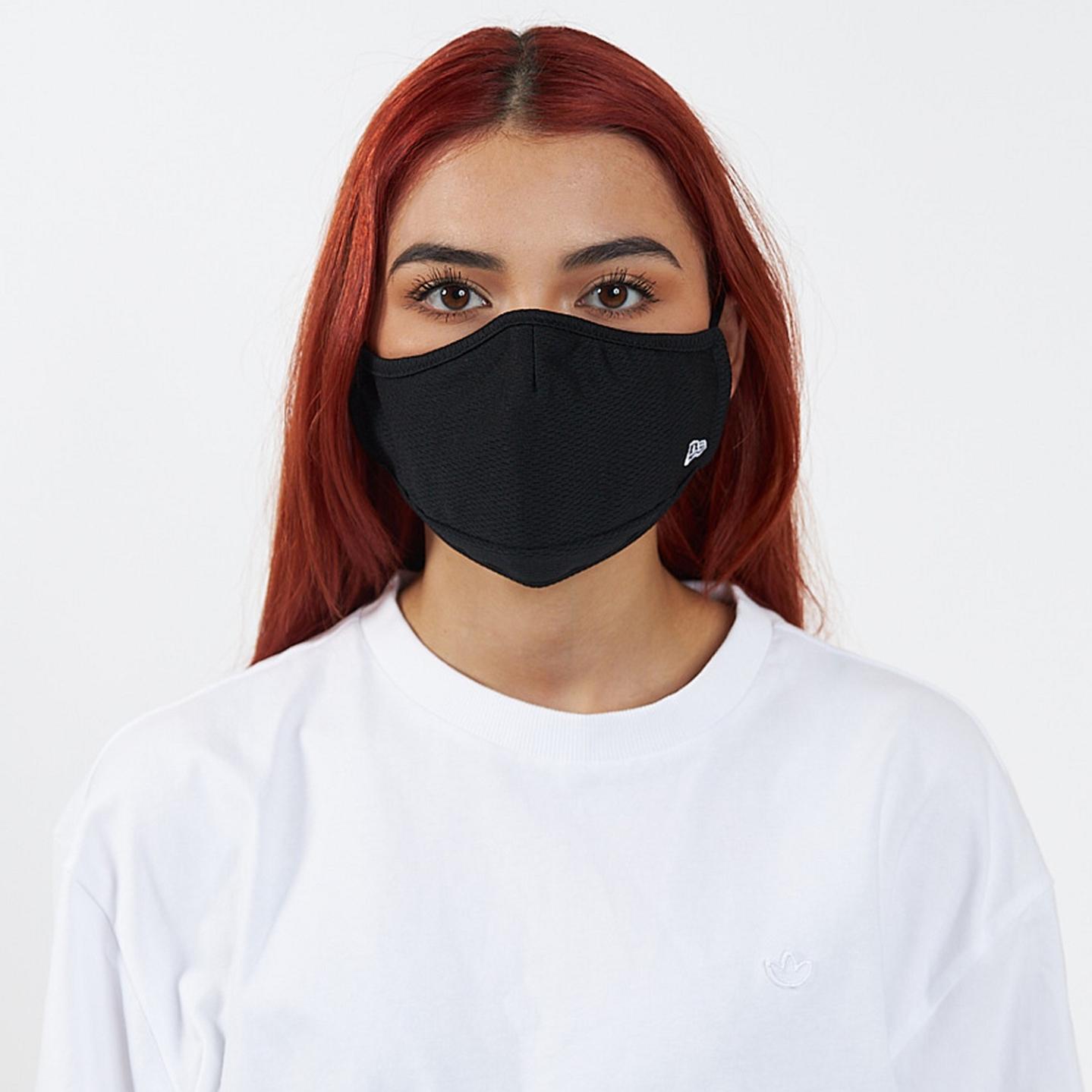How Can Face Masks Be Properly Utilized to Ensure Optimal Protection?
In the face of ongoing respiratory infections, such as COVID-19, face masks have become an essential tool in protecting ourselves and others. Understanding the proper utilization of face masks is crucial to maximize their effectiveness. This article delves into the different types of face masks, their proper usage, and additional considerations for enhanced protection.

I. Understanding The Different Types Of Face Masks:
1. Surgical Masks:
- Purpose: Designed to protect the wearer from respiratory droplets and splashes.
- Design: Loose-fitting, disposable masks made of non-woven material.
- Effectiveness: Provide basic filtration of large respiratory droplets.
2. N95 Respirators:
- Purpose: Offer higher protection against airborne particles, including small aerosols.
- Design: Tight-fitting, disposable respirators with a filtration efficiency of at least 95%.
- Effectiveness: Provide a higher level of protection compared to surgical masks.
3. Cloth Masks:
- Purpose: Provide basic protection by blocking larger respiratory droplets.
- Design: Reusable masks made from multiple layers of tightly woven fabric.
- Effectiveness: Offer varying levels of protection depending on the fabric and construction.
II. Proper Utilization Of Face Masks For Optimal Protection:
1. Ensuring A Snug Fit:
- Importance: A tight seal around the nose, mouth, and chin is crucial for effective protection.
- Guidance: Adjust the mask to fit snugly without gaps, using ear loops or ties.
2. Avoiding Touching The Mask:
- Importance: Touching the mask while wearing it can contaminate it and reduce its effectiveness.
- Explanation: Hands can carry germs and viruses, which can be transferred to the mask.
3. Changing The Mask Regularly:
- Frequency: Change disposable masks after single-use or when they become damp or soiled.
- Importance: Regular mask changes prevent the accumulation of contaminants and maintain effectiveness.
4. Proper Disposal Of Masks:
- Instructions: Safely remove the mask by touching only the ear loops or ties.
- Importance: Proper disposal prevents contamination of the environment and reduces the risk of infection.
III. Additional Considerations For Enhanced Protection:
1. Hand Hygiene:
- Importance: Frequent hand washing or sanitizing complements the use of face masks in preventing infection.
- Explanation: Hands can transmit germs and viruses, so keeping them clean is essential.
2. Social Distancing:
- Importance: Maintaining physical distance from others reduces the risk of exposure to respiratory droplets.
- Explanation: Respiratory droplets can travel through the air, so keeping a safe distance is crucial.
3. Vaccination:
- Importance: Vaccination provides additional protection against respiratory infections.
- Encouragement: Get vaccinated according to recommended guidelines to protect yourself and others.
Proper utilization of face masks is a crucial part of a comprehensive approach to preventing respiratory infections. By understanding the different types of masks, ensuring a snug fit, avoiding touching the mask, changing it regularly, and disposing of it properly, we can maximize the effectiveness of face masks. Additionally, practicing hand hygiene, maintaining social distancing, and getting vaccinated further enhance our protection against respiratory illnesses. Embracing these practices not only safeguards our own health but also contributes to the well-being of our communities.
YesNo

Leave a Reply